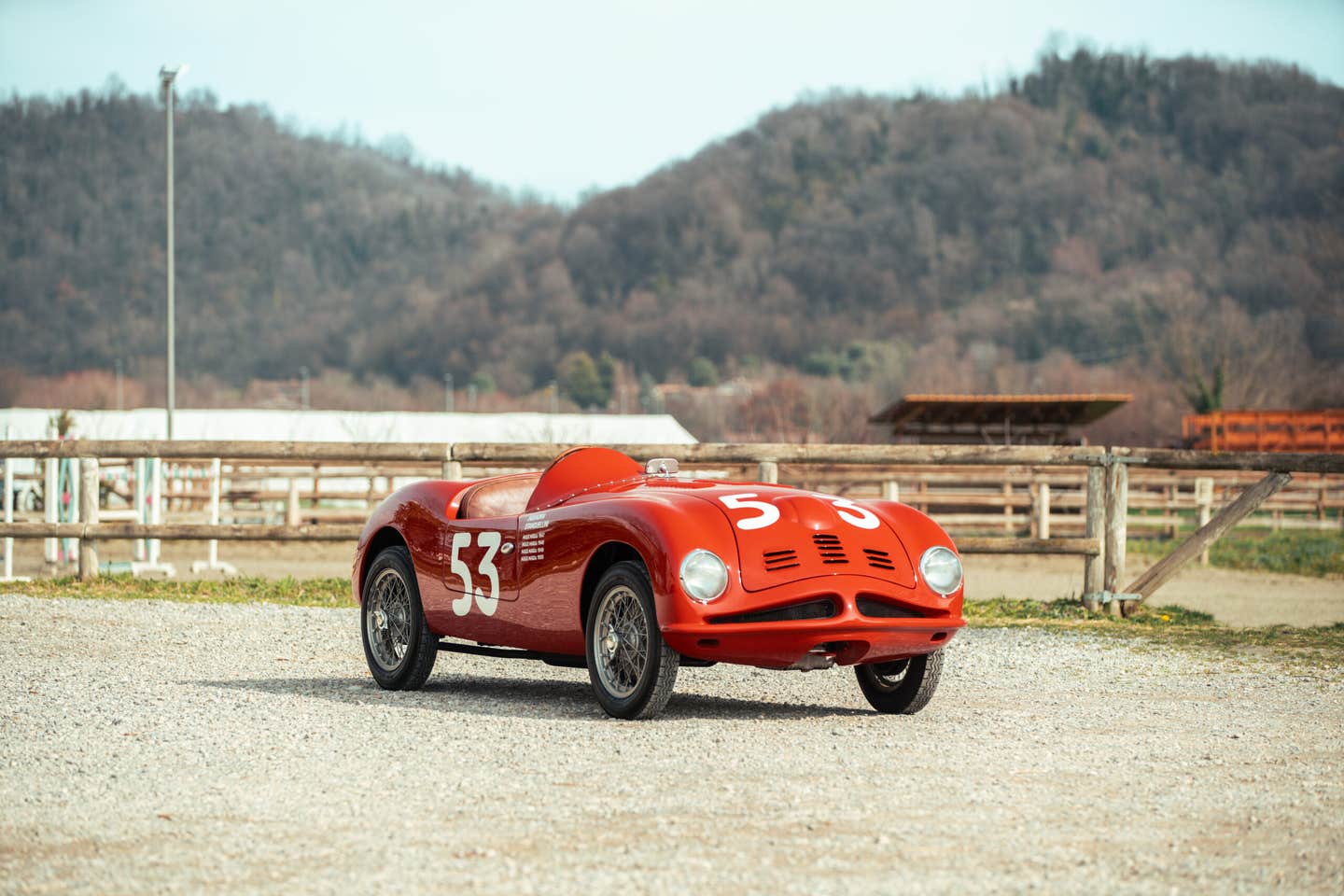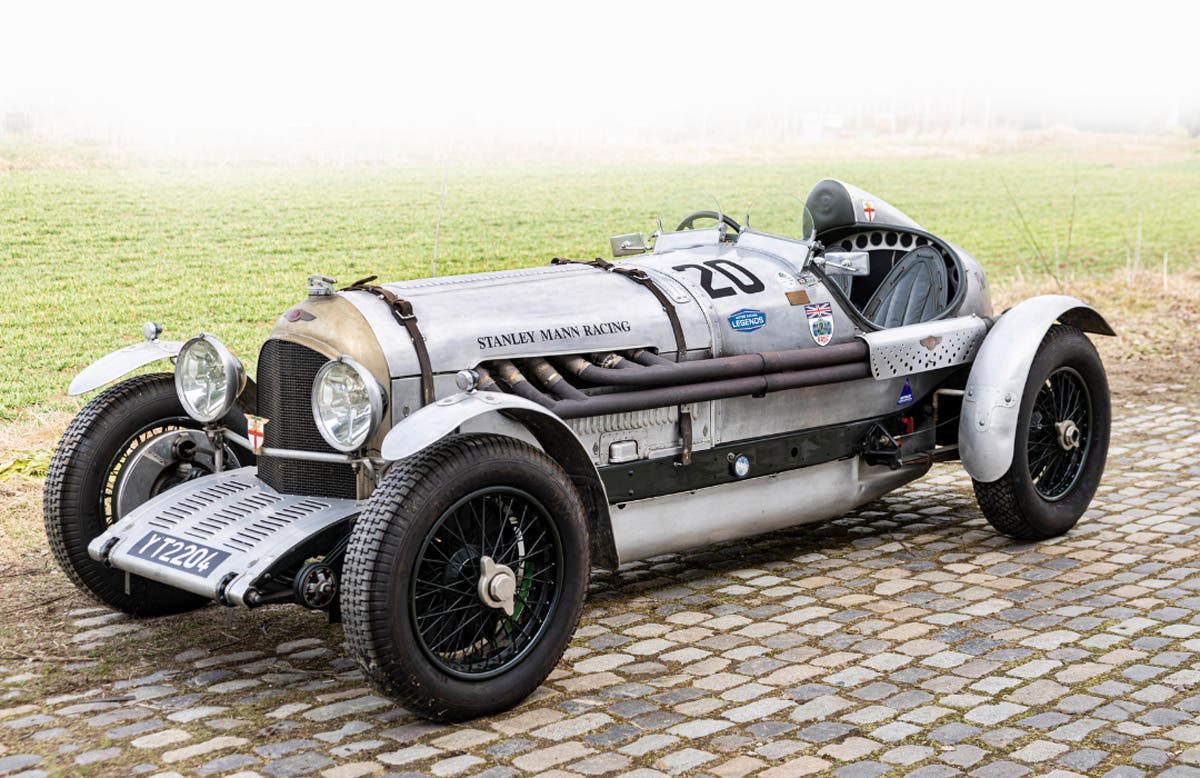Sins of an old car
One of the most frustrating aspects of working on a classic that was born and raised in the upper Midwest is dealing with the truth that, to borrow the title…
One of the most frustrating aspects of working on a classic that was born and raised in the upper Midwest is dealing with the truth that, to borrow the title of the Neil Young album, “Rust Never Sleeps.” What lurks beneath the paint and in crevasses will bring the most docile restorer to fits of rage once they start peeling the years of decay from their pride and joy.
We would like to think that we are smarter than the rust. In a way the steel/car manufacturers have made the fight drag on a bit longer, but in the end ol’ Mother Nature always seems to win the battle. Yes Doc Brown, even your Delorean’s frame will succumb to rust eventually.
We are spoiled with the paint and metallurgy advancements of today’s cars and expect our vehicles to live 15 – 20 years without worries. Our beloved older cars were not endowed with such luxuries. How many of you remember the “heyday” of muscle cars? How long did their bodies last with the quick spray of acrylic paint whilst driven through winter’s onslaught of salt covered roads? Five years and your foot literally went through the floor. It wasn’t in the car manufacturer’s interest to develop the coating technologies to make the panels last. People were buying cars as disposable commodities; the sooner the cars rusted, the sooner people bought a new car. Why would the car companies want it any other way? And face it, without an incentive to improve the lifespan of the cars, the auto manufacturers did not care much about R&D to fix the problem. This is why there is such a premium on many collector cars today. They just didn’t last!
I remember back to the gut-wrenching realization of the scope of my car’s disease. I knew when I bought the 1969 Camaro there was some rust on the bottom of the doors, but once I started removing the cheap blue paint it became evident that my car had been battling cancer for quite some time and the door skins were the least of my worries. It is quite a sobering experience to see your car naked. The years of rust and damage tend to bum you out. Your only solace is knowing that it is only metal and can be fixed. Metal is wonderfully resilient and responds like a champ to a little heat and a well-placed hammer and dolly. Also, remember your welder is your friend.
I am like a lot of you out there, and don’t have the financial resources to have my car stripped and gutted (seemingly overnight) as on all those sensationalized TV shows. I know there are a million repo parts for a ’69 Camaro, but sometimes a little ingenuity and perseverance can save your original pieces and perhaps some money, too. What the high-end shops and TV shows fail to tell you is that it is cheaper for them to get the repo pieces due to labor expenses. Many of us will gladly trade sweat equity for dollars. Not to mention that fact the repo pieces almost always have issues fitting correctly on our distinguished road-worn vehicles.
But sometimes you just have to concede. You can’t fix what no longer exists. Rust has an insatiable hunger that sometimes devours too much real estate to save the piece. The only other option is to buy new. Rest assured, if there is a way to keep the original metal (i.e. patching), I am going to go down swinging before I order new metal. It is a stubborn mindset that I battle with constantly. At times it ends up costing me more time and money in the long run. I chalk it up to part of the learning experience. It is a personal balancing act that comes down to your return on investment threshold.
With taking on a project that takes a long time, you tend to become reflective. I look back now and see the work I did years ago, and wish I had more experience welding before I started the project. Luckily, the work I did will mostly go unseen by the untrained eye. On the other hand, I would not be able to weld at all if I hadn’t rolled up my sleeves and went at it. On a side note, I don’t recommend welding with short sleeves; it tends to leave a mark. We all have to start somewhere. Granted it would have been smarter to first spend time practicing on something other than my Camaro but… that would mean I have patience and think things through. As you may have guessed, those aren’t my strong suits. That is the benefit of stretching a project out over decades – in the end I might finally get it right.
After beating yourself up over years and years of working on your classic car, knowing that you can never truly be finished, the doubts begin creeping. The time and resources you pour into your labor of love do not come free. If you ever find yourself having these negative thoughts, do what I do. I re-evaluate my motives. Many of the classics have been lost and made into washers and dryers at least three times by now. The numbers of survivors are shrinking every day. Not every old car can be a numbers-matching, off-the-showroom-floor, immaculate representation of its former self. That’s OK; it makes those cars all the cooler.
For all the weekend warriors who feel the passion to make their cars their own, in the end it is all about having the time of your life, not taking yourself too seriously, enjoying the process, and keeping a part of our collective history alive. There is something extremely gratifying about working with your own two hands to create your vision. Is that not what it is all about?
As always, keep wrenching!







